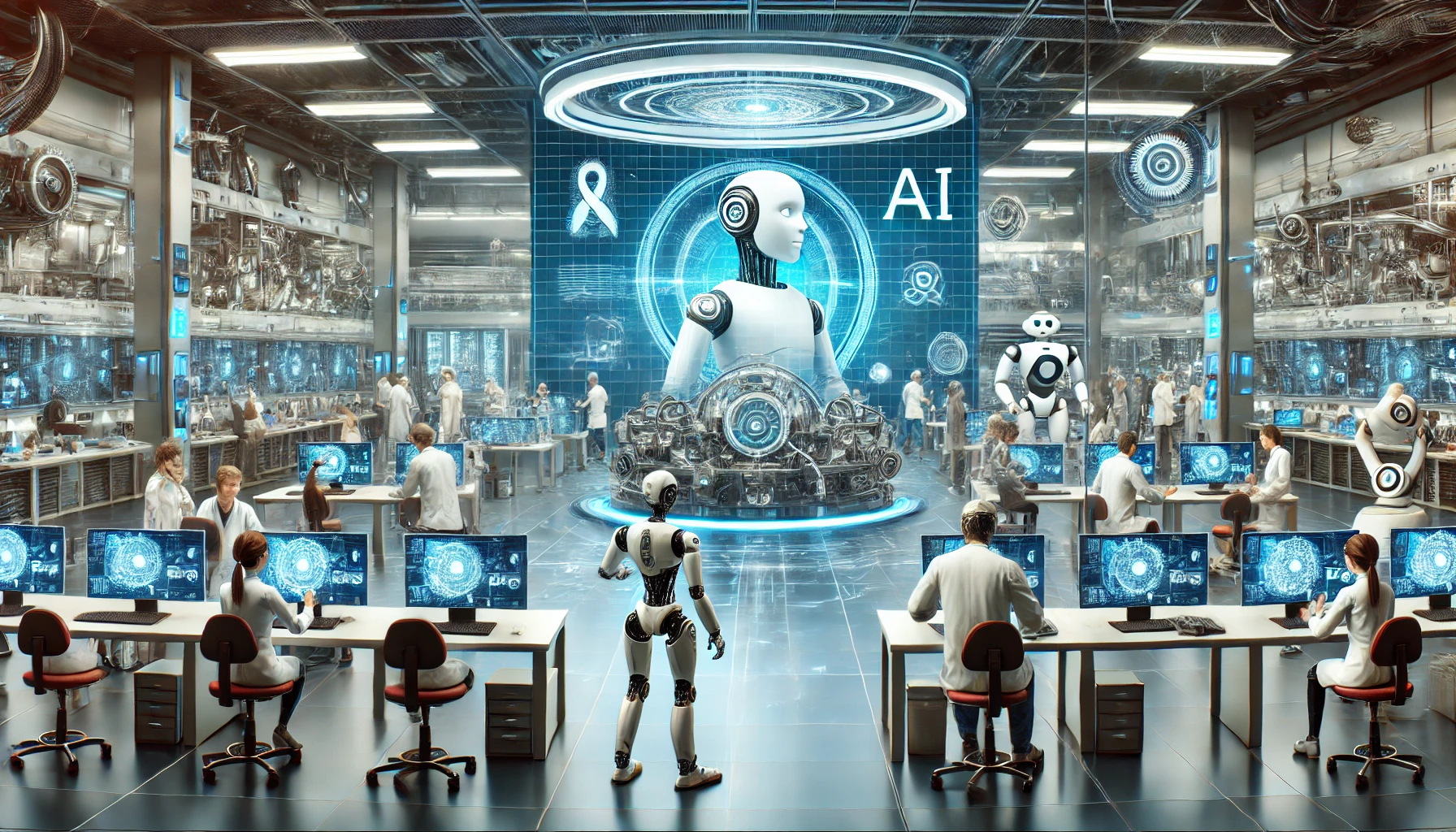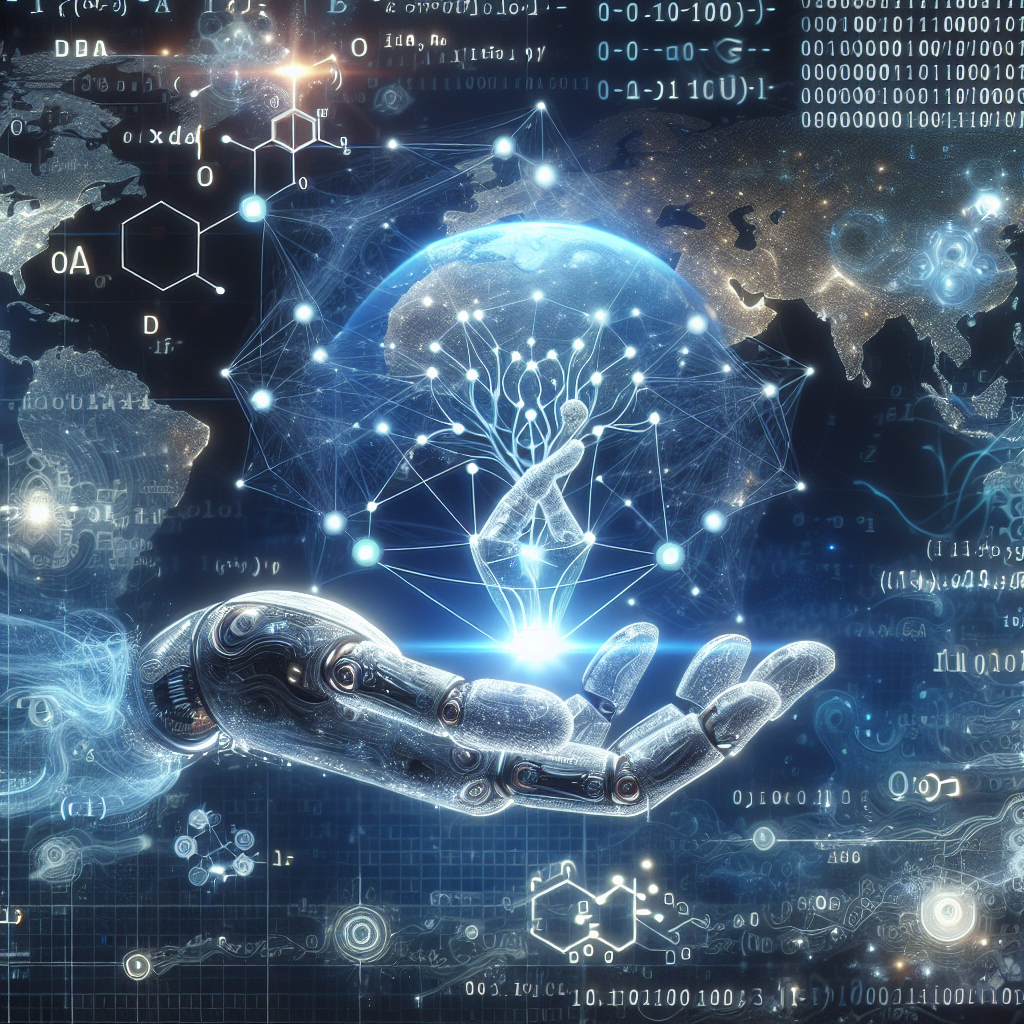Introduction: AI Marches Forward, One Model at a Time
OpenAI has once again made headlines with the release of its latest artificial intelligence model, prompting new conversations across tech, business, and ethical spheres. While this release isn’t a seismic shift in the AI landscape, it is a significant evolutionary advancement—an upgrade that keeps the world on a trajectory toward increasingly powerful and sophisticated artificial intelligence.
In this blog post, we’ll break down what OpenAI’s latest model brings to the table, how it improves on its predecessors, and why these incremental updates are still a big deal.
Steady Evolution Over Sudden Revolution
What’s New in OpenAI’s Latest Model?
OpenAI is known for developing ever-more capable language and reasoning models, and the newest iteration doesn’t disappoint. However, it’s important to temper expectations: this is not a transformational leap like going from GPT-3 to GPT-4. Instead, it’s a refinement that improves speed, reliability, and contextual reasoning abilities.
Key enhancements include:
- Improved Context Retention: The model can remember more of the user’s input, generating responses that remain consistent over longer conversations.
- Enhanced Multimodal Understanding: The model better processes and integrates visual, auditory, and textual data, enabling richer, more holistic interactions.
- Greater Efficiency: Optimized architecture results in faster processing times and lower computational requirements, making it more cost-effective to deploy.
Behind the Upgrade: Technical and Philosophical Goals
OpenAI is walking a fine line: aiming for continuous improvement without unleashing models that push ethical or safety boundaries too far, too fast. The design choices behind this update reflect that balance. Developers focused on:
- Iterative performance gains
- Minimizing hallucination (false or misleading outputs)
- Better alignment with human values
Real-World Applications: More Than Just Chatbots
While large language models (LLMs) like GPT often draw headlines for their headline-grabbing stunts—passing standardized tests or pretending to be therapists—their most transformative uses are quieter and more pervasive.
Enterprise Integration
From customer support to market analysis, companies are embedding OpenAI’s technology into their core operations. This upgrade will likely streamline those integrations thanks to:
- Faster response times for real-time applications
- Improved prediction accuracy
- Lower latency in cloud-based environments
Educational Technology
OpenAI’s model continues to bolster personalized learning platforms, allowing them to tailor content dynamically based on student input. With better comprehension and recall capabilities, these AI tutors become more like human educators in their ability to adapt in real time.
Aid for Research and Development
Advanced AI is increasingly used to parse complex scientific literature, propose hypotheses, and even help design experiments. This newest model promises to make those processes more intuitive and collaborative.
Ethical Implications: Incremental Power, Exponential Responsibility
Each AI upgrade brings with it a new layer of complexity—not just technically, but ethically. Critics warn that even subtle improvements can compound social challenges such as:
- Disinformation via more convincing synthetic text
- Job displacement in white-collar sectors
- Bias amplification in decision-making systems
That said, OpenAI has taken proactive steps to address safety and transparency. The model includes enhancements to content moderation capabilities, as well as better feedback mechanisms to monitor unintended behavior.
Regulation Looms on the Horizon
Governments and international bodies are ramping up discussions about what responsible AI governance should look like. OpenAI’s latest release—however incremental—will likely fuel more calls for standards, certifications, and oversight frameworks.
The Bigger Picture: Why Small Steps Matter
While this model isn’t redefining what AI can do overnight, it reinforces a critical truth about progress in large-scale AI development: it’s the sum of many incremental successes that lead to groundbreaking change.
Each upgrade:
- Brings AI closer to human-level understanding
- Expands the range of tasks automation can handle
- Pushes researchers to confront more nuanced ethical dilemmas
Conclusion: A Milestone, Not a Mountaintop
OpenAI’s newest model may not be revolutionary in its own right, but it exemplifies the disciplined, step-by-step progress that characterizes some of the most successful technological transformations in history. As AI becomes more embedded in day-to-day life, these “minor” updates won’t just shape algorithms—they’ll shape economies, institutions, and the very fabric of society.
In a world racing toward artificial general intelligence, every upgrade counts. And this one, while subtle, is a reminder of the pace and persistence behind the most powerful technological shift of our time.



Leave a Reply